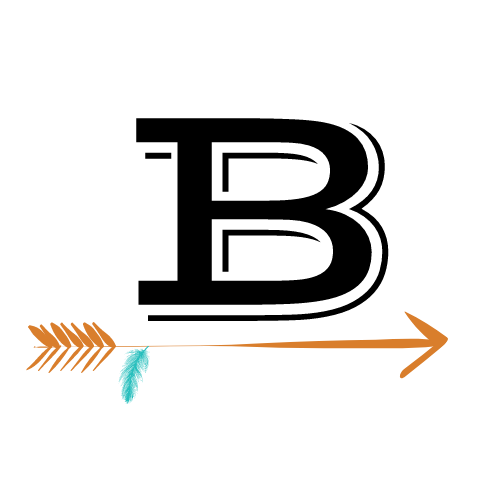If you like silver jewelry, you've probably heard more than one of these terms: sterling silver, fine silver, Argentium silver, coin silver, silver plated, silver-filled, nickel silver, German silver... How do you know which ones are truly silver and which ones are not, and more importantly, how do you know which one is best for you?

STERLING SILVER - Most commonly used in jewelry making, sterling silver is an alloy that contains 92.5% silver (it is often marked with quality stamp .925). Suitable for a wide variety of jewelry designs, this type of silver is the most common type of silver used in jewelry made in the US. It is bright in color and shiny, but it tarnishes fairly easily, although tarnish is not too hard to remove.
FINE SILVER - This type of silver is the closest to the pure element of silver. It contains 99.9% silver, and is often marked with quality stamp .999. Fine silver is a soft metal and it scratches and dents easily. It is not suitable for rings or chains, and can most often be found in pendants and earrings.
ARGENTIUM SILVER - This type of silver contains between 93.5% and 96% silver with the addition of germanium to combat tarnishing. You will also find it under the term "non-tarnishing silver," although that's not quite accurate. Argentium does tarnish, but the tarnish is so very light in color that it is almost imperceptible. Argentium is a trademarked name, and some manufacturers have opted to develop their own "non-tarnishing silver" alloys. For example, there is Continuum silver (by Stuller), a material containing 95% silver and no nickel in the alloy.
COIN SILVER - Rather rare today, coin silver was fairly common in the US in the times past. It contains 90% silver and 10% copper. Coin silver jewelry that can still be found on the market is marked with the quality stamp .900.
SILVER PLATED - If a piece of jewelry is silver plated, it is made from a base metal (copper, brass, nickel, etc.) and then electroplated on the surface with a very thin layer of silver. Once this thin layer is scratched or rubbed off, the original base metal will show through.
SILVER FILLED - Unlike plating, silver filled jewelry is more durable because sterling silver (5% to 10%) is fused with heat and pressure to the brass core. The silver layer is much thicker than silver plate and it's harder to damage. However, this is still a lower quality material as it contains only 5%-10% silver.
TIBETAN SILVER, TRIBAL SILVER, NICKEL SILVER, GERMAN SILVER - All of these materials are only silver in name and color but do not contain any silver whatsoever. They are different base metals, such as alloys of copper, zinc, and nickel, sometimes even with traces of lead and tin. If you have metal allergies or sensitivities, these are definitely the types of alloys to stay away from.

